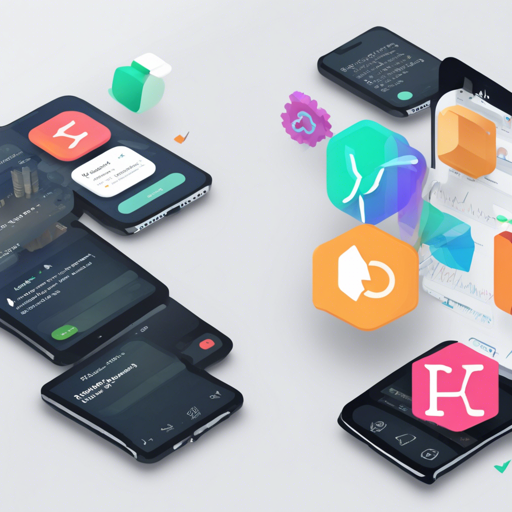Welcome to our comprehensive guide on creating a Flutter application! This blog will take you through essential steps to get started with Flutter, making it user-friendly for developers at all levels. So, let’s dive in!
Setting Up Your Flutter Environment
Before coding your app, ensure your environment is ready. The first step is to install the necessary software:
- Flutter SDK: Make sure to download the latest stable version of Flutter from the official Flutter website.
- Android Studio: During this installation, set up the Flutter and Dart plugins.
- Xcode: If you are on macOS and targeting iOS, install Xcode from the Mac App Store.
Creating Your First Flutter App
Let’s create a simple Flutter app together. Follow these steps:
flutter create my_first_appThis command initializes a new Flutter project named “my_first_app”. Next, navigate into the project directory:
cd my_first_appNow you can run your app using:
flutter runUnderstanding the Code Structure
When you create your Flutter app, it automatically generates several files and folders. Think of it like setting up a new office. You have:
- lib: This is where your main code lives, like your office workspace.
- android: Configuration files for Android devices, similarly to how legal documents are stored.
- ios: iOS-specific files, much like how a company has unique standards for different branches.
- pubspec.yaml: Your package management file, akin to your office inventory—keeping track of assets and dependencies like plugins.
By understanding this structure, you can confidently navigate your app’s components.
Common Widgets You’ll Use
Flutter is famous for its rich set of widgets that allow for highly customizable UI designs. Some essential widgets are:
- TextField: For user input.
- ListView: To display scrollable lists.
- GridView: For a 2-dimensional array of widgets.
- Scaffold: The base layout structure of your app.
These widgets help in creating responsive and appealing UI components. It’s like choosing the right furniture for your office to improve functionality and aesthetics.
Troubleshooting Tips
If you run into issues during setup or development, here are some troubleshooting ideas:
- Issue with Flutter SDK: Verify that the SDK is correctly added to your system environment. Running
flutter doctorin the terminal can help diagnose the issue. - Emulator not starting: Ensure you have set up your Android Virtual Device (AVD) properly in Android Studio.
- Unable to run app on iOS: Ensure Xcode command-line tools are installed and updated.
For more insights, updates, or to collaborate on AI development projects, stay connected with fxis.ai.
Conclusion
At fxis.ai, we believe that such advancements are crucial for the future of AI, as they enable more comprehensive and effective solutions. Our team is continually exploring new methodologies to push the envelope in artificial intelligence, ensuring that our clients benefit from the latest technological innovations.
With this guide, you are now equipped to embark on your Flutter development journey! Happy coding!

